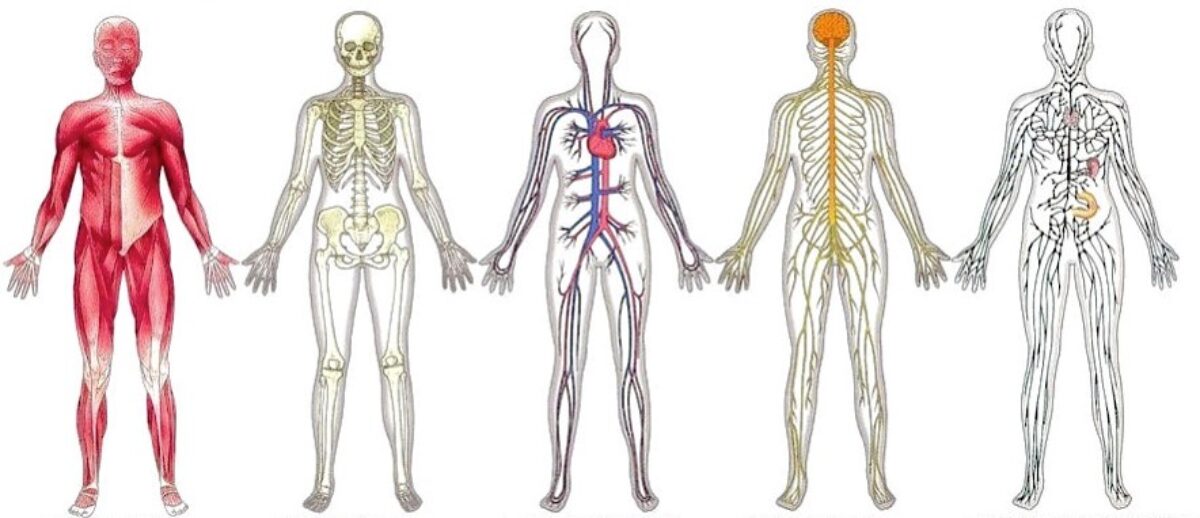Sciatica is an irritation of the sciatic nerve. The sciatic nerve is the longest nerve in the body. It has many branches that can cause symptoms. Sciatica symptoms include pain, numbness, tingling, weakness and muscle spasms.
Remove the nerve compression to get better
Sciatica can be irritation due to discs in the lumbar spine, decreased function in the sacroiliac joints or compression on the sciatic nerve from the piriformis muscle.
Branches of the sciatic nerve may become irritated and cause symptoms throughout the leg. Mostly, the sciatica affects the back part of the leg like the hamstrings and the calves.
identifying the cause of the nerve irritation is important
The symptoms of sciatica could also go down to the foot. The symptoms that go to the big toe are related to L5. And the symptoms that go to the little toe are related to S1.
Custom treatments give better results
Based on where symptoms are and where the nerves go we can tell which level of the spine is affected. This way we can Custom Tailor the treatment to help your spine get better. This will take the pressure off of your sciatic nerve so that you can regain your health, strength and mobility.
Often times with sciatica the spine is out of balance. The muscles of the low back and core have to be balanced to stabilize the low back. Correcting the mobility of the sacroiliac joints and the hips is essential to treating sciatica.
Specific treatments for better results
3 steps to beating sciatica
First, we use specific exercises to strengthen and activate the weak muscles. These exercises also coordinate the Rhythm between the core muscles and the hip muscles. Next we utilize assisted stretching to stretch the tight areas. This corrects the movement so that your joints can heal. Third, we provide specific treatments to your spine, hips, and sacroiliac joints. This removes nerve irritation so that you can get better.
Leg pain without back pain
Sometimes patients present with leg pain without back pain. They think that their leg pain has nothing to do with their back pain. Sometimes they just present with severe pain in the knee or in the calf or in the hamstring.
They don’t realize that their symptoms are from nerve irritation to the sciatic origin which is in the lumbar spine.
Often times people that develop sciatic pain had a history of low back pain in the past. When low back pain is left untreated it can become worse. Also, when low back pain is left untreated it can feel better.
Spine breaks down to cOmpress the nerve roots
First of all, the reality is that often times when back pain is not treated it just keeps on degrading. Second, a decaying spine is much like a cavity in your tooth that is left untreated. Sometimes the pain can go away but the reality is it’s burrowing deeper into your tooth.
Finally, a tooth cavity can get so bad it reaches the roots of the tooth. Once the decay has reached the root it irritates the nerve. This can cause severe pain and muscle spasms. A similar thing happens in the spine. As the spine decays it can reach the nerve root.
The nerve root can become irritated and that creates the sciatica.
Irritation to the nerve roots or to the sciatic nerve can cause the muscles to become weak. The areas that have weaker muscles are more likely to be injured. They may become easily injured just with their normal activity or with slight exertion.
Professional athletes suffer the sAMe injuries as weekend athletes
I have worked with professional athletes to improve their fitness and performance level. They suffer from recurring pulled muscles, calf injuries or hamstring injuries.
However, if there’s pressure on the sciatic nerve the muscles will continue to stay weak. Therefore, the muscles are susceptible to injuries because there is pressure on the nerve supply.
By the way, this can also happen to the weekend athlete just as much as a professional athlete. Anyone who has to deal with recurring muscle spasms may have nerve irritation related to it. Furthermore, recurrent muscle spasms may also be an indication of weak ligaments and decreased structural stability.
